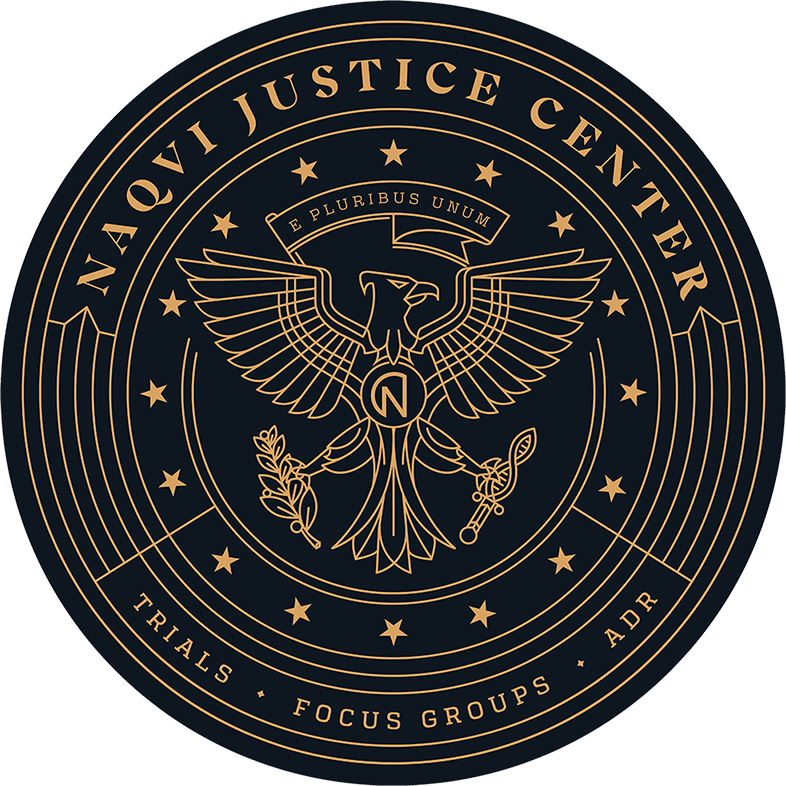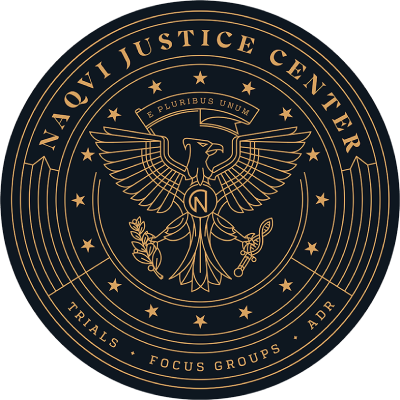A man in a wheelchair crossed the street in front of an oncoming car; the driver failed to stop, hit the man, and killed him.
Metro Police and accident witnesses state that the collision occurred near the intersection of South Eastern Avenue and East Desert Inn Road. The man, whose name was not released, was apparently crossing eastbound Desert Inn outside the crosswalk as the tortfeasor (negligent driver) approached. After the car wreck, first responders rushed the victim to a nearby hospital, but he died shortly after arrival.
Officers took the tortfeasor, who showed signs of substance impairment, into custody.
Alcohol Liability in Las Vegas Car Accident Cases
Even though the dangers of drinking and driving are very well-chronicled, this behavior is still rampant. In some jurisdictions, up to half of the probationers were convicted of DUI. So, it is little wonder that alcohol is a factor in about a third of the fatal car crashes in Las Vegas.
Sometimes, the tortfeasor is arrested and charged with DUI, giving victim/plaintiffs direct evidence of impairment. Liability is also easier to establish in these cases from a legal standpoint, because of the negligence per se rule. In these cases, victim/plaintiffs need only establish that:
- The tortfeasor broke a safety law (such as the DUI law), and
- That infraction substantially caused the victim/plaintiff’s damages.
The jury is the ultimate arbiter of facts in a tort case, so even if the tortfeasor has not yet been found guilty of DUI or escaped punishment on a technicality, liability can still attach.
In other situations, the tortfeasor was not “under the influence” according to the criminal statute, but was still “impaired” for negligence purposes, since impairment begins with the first drink. Evidence that the tortfeasor had been drinking includes:
- Bloodshot eyes,
- Erratic driving, and
- Odor of alcohol.
Furthermore, seemingly irrelevant questions like “where were you coming from just before the accident” might also help establish liability. If the tortfeasor just came from a commercial or noncommercial establishment where alcohol was served, it is more likely than not that the tortfeasor had been drinking, and that’s all the victim/plaintiff needs to establish.
Are There Any Insurance Company Defenses in Car Crash Cases?
The sudden emergency defense frequently comes up in pedestrian-auto collisions, especially if the victim was outside a marked crosswalk. The elements of this defense are:
- Unexpected situation, and
- A reasonable reaction to such emergency.
Pedestrians crossing against the lights, large potholes, stalled cars, and other such common hazards usually do not qualify as “sudden emergencies.” In this context, such events are limited to hood fly-ups and other truly unanticipated events.
If the jury concludes that the victim and tortfeasor were partially at fault, the jury must apportion liability for the car accident between the parties. Nevada is a modified comparative fault state with a 51 percent threshold, so for a victim to recover a proportional share of damages, the tortfeasor must be at least 51 percent at fault.
Damages in car wreck cases usually include compensation for tangible losses, such as medical bills, and intangible losses, such as pain and suffering.
Count On a Tenacious Attorney
Impaired drivers often cause serious or fatal injuries. For a free consultation with an experienced personal injury lawyer in Las Vegas, contact Naqvi Injury Law. Attorneys can connect victims with medical providers, even if the victim has no money or insurance.

